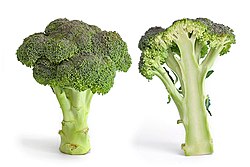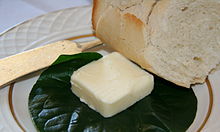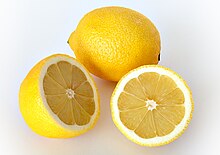
Just how do you make those vegetable purees my tomato sauce calls for? It's easy!
The goal with vegetable purees is to retain as much of the vitamin content as possible, which is why you'll notice I don't suggest boiling vegetables. Roasting preserves the most vitamin content, seconded by steaming. Whether roasting or steaming, the vegetables should be soft when poked with a fork in order to be done cooking. With steaming, I save the water left over to use later in soups or sauces that need water added. You'll notice the coloring of your leftover water as evidence of the vitamins steamed off your vegetables, so don't let that healthy water go to waste!
After roasting or steaming, run your cooked vegetables through a hardy blender or food processor, only adding enough water to allow them to blend up smoothly (you want maximum vegetable per bite--not watery). I use my leftover water from steaming for this too to put some of those vitamin back in my puree.

I keep my purees in the freezer by freezing them first in ice-cube trays and then popping them out into a ziplock back later. Each cube is about 1/8 c or 2 T, which allows for easy measuring and defrost when I need them for a recipe.
You can use baby food or canned vegetables to make purees as well. Baby food is already pureed for you. Canned vegetables you'll just need to blend up. However, baby food is really expensive and canned adds a lot of unneeded salt to your purees, but if you're in a hurry they are an option.
Here are some basic instructions for cooking your vegetables before blending them up into purees:
 Broccoli
Broccoli
Cut into florets/chunks (I use most of the stalk as well). Steam for 6-7 minutes (it should still be bright green and a little firm).
Butternut Squash
Cut off stem and cut in half lengthwise. Roast on a foil-lined cookie sheet flesh-side down at 400 degrees for 50 minutes. Scoop out flesh and puree.
Carrots
Peel, trim ends, and cut into chunks. Steam for about 15 minutes.
Cauliflower
Steam florets for 8-10 minutes.
Baby Spinach
Steam for 30 seconds.
 |
| Image from Microsoft Clip Art. |
Sweet Potato or Yams
Roast at 400 degrees for about 1 hour (Poke with a fork first so they don't explode). Peel before blending.
Yellow Summer Squash or Zucchini
Trim ends and cut into chunks. Steam 6-8 minutes.
White Bean Puree
No cooking required if using canned beans! Simply rinse and puree. If using dry beans, you will need to soak and fully cook before draining and pureeing.
 Combine in a rice cooker or pot:
Combine in a rice cooker or pot:















